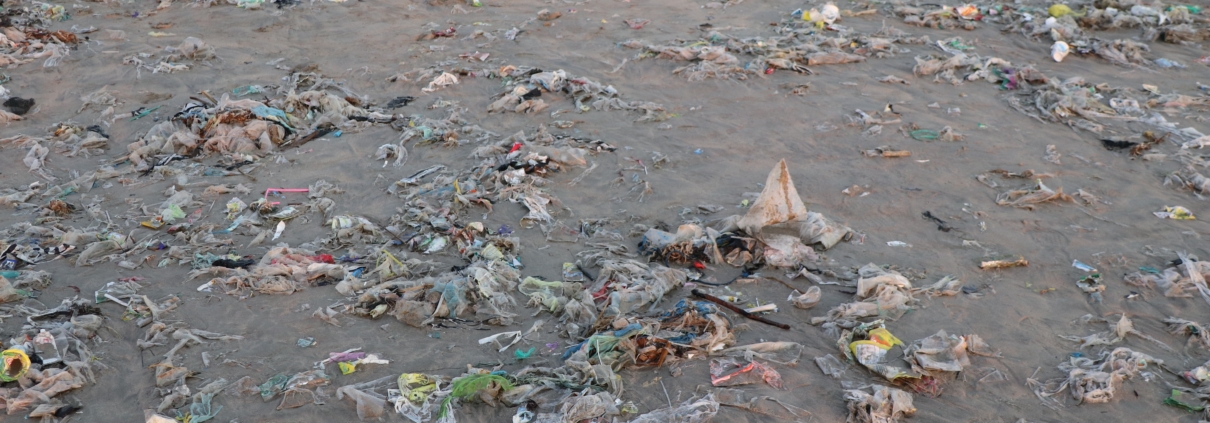Ganga River Pollution: Causes and Solutions Explained
The Ganga, often called the lifeline of India, holds immense cultural, spiritual, and ecological significance. Millions of people depend on it for drinking water, agriculture, and daily needs. Yet, the issue of Ganga River pollution has become one of the most pressing environmental challenges in India. Despite various government initiatives, the river continues to face contamination, putting both human health and biodiversity at risk.
Understanding Ganga River Pollution
Ganges River pollution is not a recent problem. Over the years, the unchecked discharge of untreated sewage, industrial waste, and religious offerings has severely impacted the water quality. Today, water pollution in Ganga River threatens not only aquatic life but also millions of people who rely on its resources.
The river, once considered a symbol of purity, now struggles with rising levels of toxic chemicals, heavy metals, and plastics. To restore its health, it’s essential to understand the root causes.
Major Causes of Pollution in River Ganga
- Industrial Waste
One of the primary causes of pollution in River Ganga is the direct discharge of untreated effluents from tanneries, textile industries, paper mills, and chemical factories. These wastes introduce harmful toxins into the river, affecting water quality and aquatic life. - Sewage and Domestic Waste
Over 400 million people live in the Ganga basin. Unfortunately, a large portion of sewage generated by these populations flows untreated into the river, adding bacteria and harmful pathogens. - Religious Activities
The Ganga is deeply tied to Indian culture and spirituality. Ritual bathing, idol immersion, and offerings wrapped in plastic bags contribute significantly to the problem of Ganga River pollution. - Agricultural Runoff
Excessive use of fertilizers and pesticides in nearby farmlands leads to runoff during rains, which flows into the Ganga. This chemical contamination disrupts the ecological balance. - Plastic Waste
Single-use plastics, carry bags, and packaging materials often end up in the riverbanks. Plastics don’t degrade easily and become a long-term source of water pollution in Ganga River. - Urbanization and Population Pressure
Rapid urban growth near riverbanks has increased encroachment and unregulated dumping of solid waste, further worsening Ganges River pollution.
Consequences of Ganga River Pollution
- Human Health Risks: Contaminated water causes diseases such as cholera, typhoid, and hepatitis.
- Biodiversity Loss: Species like the Ganges dolphin face survival threats due to toxic environments.
- Economic Impact: Fisheries, agriculture, and tourism industries suffer greatly from declining river quality.
- Cultural Impact: The Ganga’s spiritual importance is overshadowed by its environmental degradation.
Solutions to Reduce Ganga River Pollution
Addressing Ganga River pollution requires collective action by governments, industries, and citizens. Here are some practical solutions:
1. Better Sewage Treatment
Upgrading sewage treatment plants and ensuring 100% treatment before discharge can drastically reduce contamination.
2. Industrial Regulations
Strict monitoring of effluents, adoption of eco-friendly technologies, and enforcing penalties for violators are crucial steps.
3. Promoting Biodegradable Alternatives
Replacing single-use plastics with biodegradable packaging can reduce the plastic load entering the river. Compostable carry bags, plates, and wrappers are sustainable alternatives.
4. Public Awareness and Community Involvement
Educating people about the impact of causes of pollution in River Ganga and encouraging responsible practices like avoiding plastic offerings can help restore the river.
5. Afforestation and Riverbank Protection
Planting trees along riverbanks prevents soil erosion and filters pollutants before they reach the river.
6. Waste Segregation at Source
Encouraging households and businesses to separate biodegradable waste from non-biodegradable materials can reduce solid waste entering the river.
7. Government Programs and Policy Support
Initiatives like Namami Gange are steps in the right direction, but they must be strengthened with local participation and stricter law enforcement.
A Sustainable Path Forward
Solving water pollution in Ganga River is not just about technology—it’s about changing habits, adopting sustainable practices, and supporting eco-friendly products. Reducing industrial waste, treating sewage, and promoting biodegradable alternatives can bring back the river’s lost glory.
At GreenMatter Packaging, we strongly believe that sustainable packaging can play a huge role in reducing Ganges River pollution. By choosing compostable bags, eco-friendly food packaging, and biodegradable carry solutions, businesses and individuals can cut down on plastic waste that often ends up in rivers like the Ganga. Together, small changes in our daily lives can lead to a cleaner, healthier, and more sustainable future for our rivers.


Leave a Reply
Want to join the discussion?Feel free to contribute!